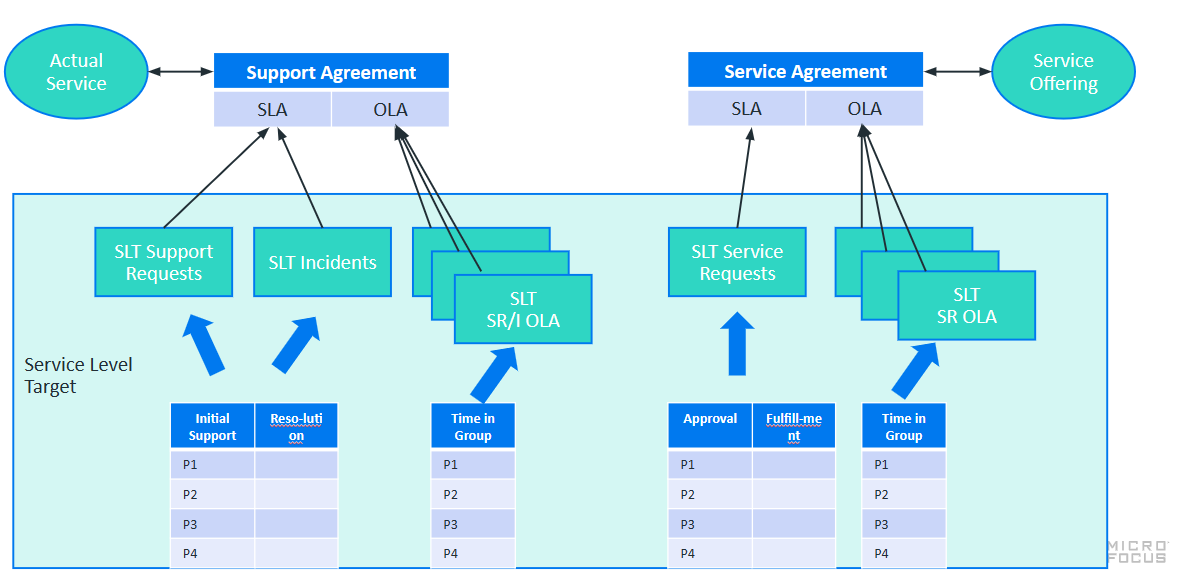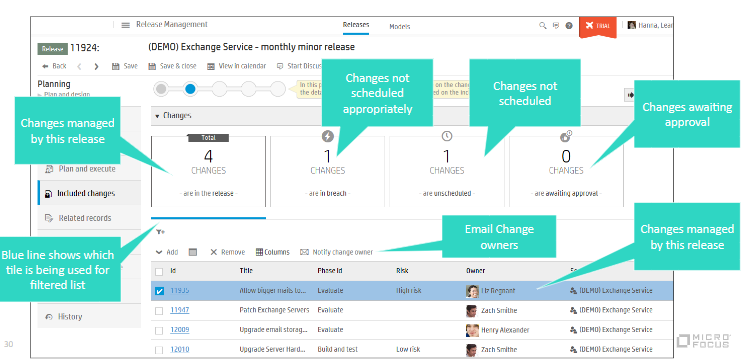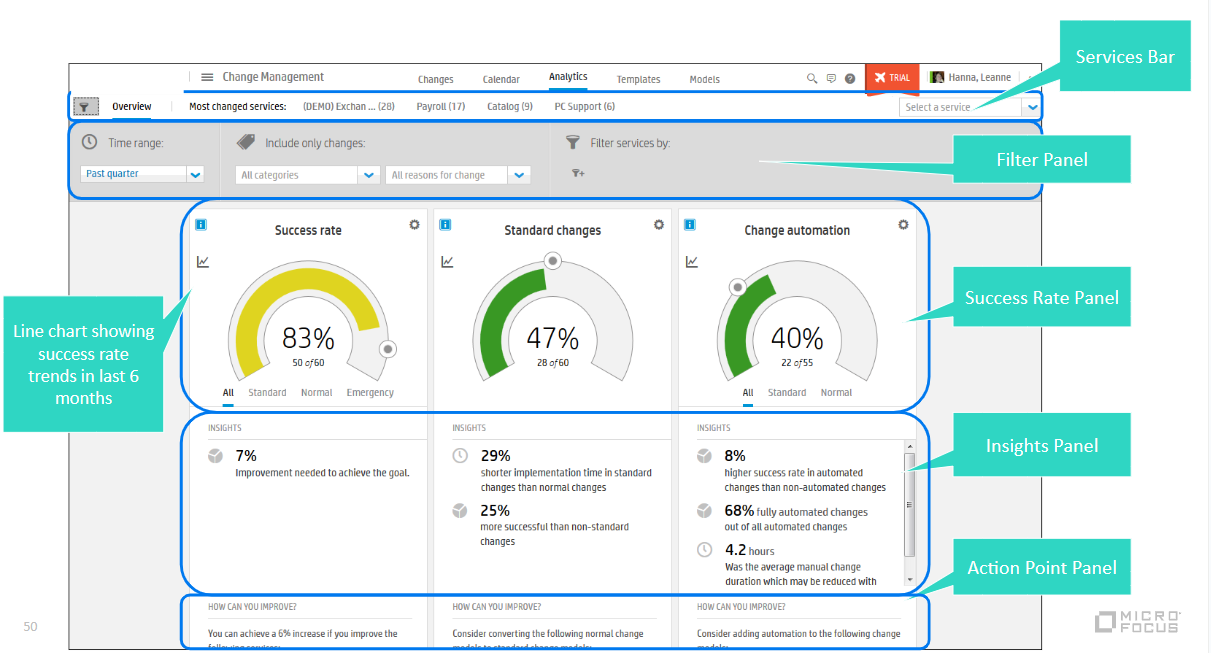Corporate Service and Configuration Management
In the corporate world, effective service management and accurate configuration management are critically important for the success of a business in terms of continuity, efficiency, and customer satisfaction. These two elements are indispensable to establish order in the complex structure of modern businesses, optimize resources, and make the best use of technological infrastructure.
Corporate Service Management
Corporate service management involves planning, implementing, monitoring, and evaluating an organization’s service processes. Businesses use Corporate Service Management to effectively meet customer demands, improve service quality, and manage costs. This process adopts an integrated approach to strengthen communication between various departments and optimize business processes.
A corporate service management system is used to standardize business processes, monitor service levels, proactively identify issues, and enhance customer satisfaction. Automation, workflows, reporting, and analytical tools assist businesses in managing their services more effectively.
Service Level Management (SLA)
Corporate Service Management helps businesses fulfill their commitments by defining, monitoring, and reporting service level agreements.

Automation and Workflows
Corporate Service Management is utilized to automate business processes, reduce repetitive tasks, and optimize time resources.
Configuration Management
Configuration management is the process of planning, documenting, monitoring, and controlling an organization’s information technology (IT) infrastructure, systems, and components. Accurate configuration management is crucial to manage dependencies between systems, minimize errors, and effectively handle changes.
Configuration management identifies, manages, and tracks software and hardware configurations, preventing inconsistencies between systems, reducing security risks, and playing a critical role in ensuring business continuity. Additionally, it helps organizations effectively utilize and optimize their IT assets.
Information Technology (IT) Infrastructure
Configuration management optimizes systems by identifying, documenting, and tracking the components of IT infrastructure. Integrated with UCMDB, SMAX can perform inventory scans, visually display hardware and software assets discovered during scans, provide input for impact analysis in Change Management processes, and trigger Unplanned Change Management processes by associating data from scans with existing Change records.
Change and Release Management
Change management is responsible for the entire lifecycle of changes, aiming to maximize value while minimizing incidents, disruptions, and repetitions. The process minimizes the impact of change-related events on service quality, thereby improving the organization’s daily operations.
A workflow represents the process from initiating a change to closing it. Workflow components include phases, states, stages, and transitions. Service Anywhere offers a graphical view of the workflow, showing transitions that connect the current stage to all other stages.
The Change Management process workflow includes all necessary steps to record and implement a change, which may include rollback or abandonment processes. When updating a record or assigning a new status, the record can automatically move from one stage to another. Each change workflow in SMAX reflects ITILv3 process recommendations.
Creating change templates on SMAX simplifies the creation of records. Designing an effective model when there are common change requests reduces the effort needed to request the same type of change multiple times. Models standardize end-to-end processes and maximize efficiency.
SMAX allows automatic CI associations based on the IP or host name entered in the description field.
Release Management involves planning and managing the deployment of a release, handling changes within the release, and reporting changes down to different release versions.

Machine learning can enhance Change Management KPIs and improve processes.

Asset Management
By identifying, tracking, and documenting IT assets, configuration management supports organizations in their asset management strategies. SMAX models and tracks all stages from entering inventory records to scrapping. Financial Management, Inventory Management, Reservation Management, Supplier, and Contract Management can be performed on assets without additional development.
Integration and Collaboration
Corporate service management and configuration management enable organizations to strengthen integration and collaboration strategies. The harmony between these two processes ensures smooth service delivery and keeps the IT infrastructure consistently updated and secure.
While configuration management effectively handles changes in business processes, corporate service management minimizes the impact of these changes on user experience. This integration is crucial for enhancing organizational competitiveness and adapting to rapidly changing business environments.
Automation of Business Processes
The combination of corporate service management and configuration management, along with the automation of business processes, provides organizations with significant technical advantages. Business process automation reduces repetitive tasks, ensures quick response times, and lowers error rates.
Corporate service management automates the handling of customer requests, while configuration management automatically detects and resolves inconsistencies between systems.
Furthermore, advanced technologies such as artificial intelligence and machine learning make corporate service management and configuration management processes more efficient. This allows businesses to better adapt to a dynamic business environment, manage technical infrastructures more securely, and provide faster and more accurate services to customers.
In the future, these technical details will play a strategic role in further optimizing business processes and increasing competitive advantages.


